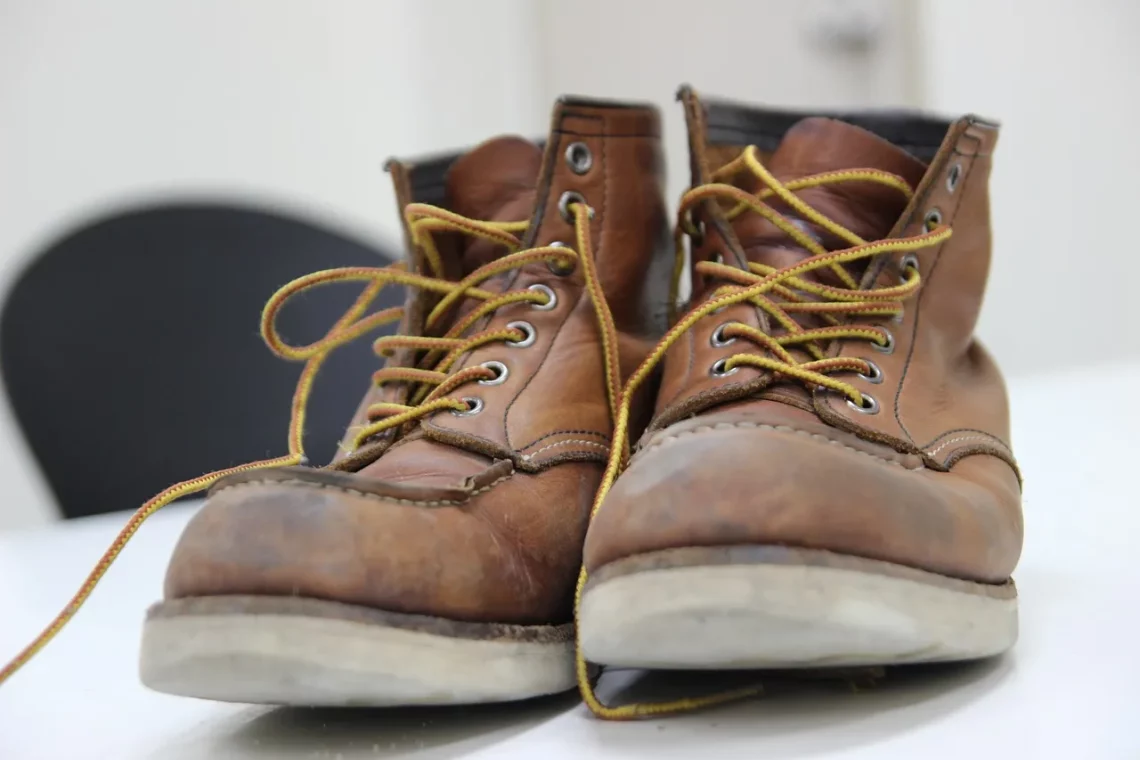
Best Boots for Plantar Fasciitis: Comfort and Support for Every Step
Finding the right footwear can be a game-changer for those suffering from plantar fasciitis. This common condition, characterized by heel pain and discomfort, can significantly impact daily activities and overall quality of life. The right boots not only provide comfort but also essential support to alleviate pressure on the plantar fascia, the band of tissue that runs across the bottom of your foot. With the right choice of boots, individuals can regain mobility and enjoy their daily routines without the burden of pain.
When selecting boots for plantar fasciitis, it’s crucial to consider factors such as arch support, cushioning, and heel height. These elements play a vital role in reducing strain on the feet and ensuring that each step is taken with ease. Additionally, the material and construction of the boots can contribute to overall comfort, making it essential to choose wisely. Whether you’re looking for something stylish for everyday wear or boots that can handle outdoor adventures, understanding the options available can empower you to make the best decision for your foot health.
In this guide, we will explore various boot options that prioritize comfort and support, helping you find the perfect pair that meets your needs.
Features to Look for in Boots for Plantar Fasciitis
When searching for boots suitable for plantar fasciitis, certain features can make a significant difference in comfort and support. One of the most important aspects is arch support. Boots that offer excellent arch support help to distribute weight evenly across the foot, reducing strain on the plantar fascia. Look for boots with contoured insoles that cradle the arch, providing stability and comfort throughout the day.
Cushioning is another critical feature to consider. Adequate cushioning absorbs shock and minimizes the impact of walking or standing on hard surfaces. Memory foam insoles or specialized cushioning materials can enhance comfort, making each step feel lighter. Additionally, consider the outsole of the boots. A flexible yet supportive sole can help with natural foot movement while still providing the necessary support for those suffering from plantar fasciitis.
Heel height is another vital factor. While some people may prefer a slight heel for style, a lower heel is generally recommended for those with plantar fasciitis. This design helps to keep the body in a more natural position, reducing tension on the plantar fascia. Look for boots with a heel height of one to two inches, as this range often provides the best balance of support and comfort.
Lastly, the fit of the boots is crucial. A proper fit ensures that there is no unnecessary pressure on any part of the foot. Boots that are too tight can exacerbate pain, while overly loose options might not provide the necessary support. Always try on boots with the type of socks you plan to wear and walk around to assess comfort before making a purchase.
Top Boot Brands for Plantar Fasciitis Relief
Several footwear brands are renowned for their commitment to comfort and support, particularly for individuals dealing with plantar fasciitis. One such brand is Clarks. Known for their innovative designs and focus on foot health, Clarks offers a range of boots that feature ortholite footbeds and supportive arches. Their selection often includes both casual and dressy options, ensuring that you can find a style that suits your wardrobe.
Another standout brand is Skechers, famous for their memory foam insoles that provide exceptional cushioning. Their boots are designed with comfort in mind, making them a popular choice among those with foot issues. Many Skechers models also feature slip-on designs, making them convenient for everyday wear.
Merrell is another brand that excels in creating supportive footwear for outdoor enthusiasts. Their boots often include features like Vibram outsoles for traction and stability, as well as anatomical footbeds that offer excellent arch support. Whether hiking or simply enjoying a stroll in nature, Merrell provides the necessary support to keep your feet comfortable.
Additionally, Dansko has made a name for itself in the world of comfortable footwear. Their boots are known for their excellent arch support and roomy toe boxes, making them an excellent choice for those with plantar fasciitis. Dansko boots often feature a rocker sole design that promotes a natural walking motion, further enhancing comfort.
Lastly, Dr. Scholl’s is a brand recognized for its focus on foot health. Their boots often come equipped with specially designed insoles that provide excellent support and cushioning. With a variety of styles available, Dr. Scholl’s offers options that cater to both casual and formal occasions.
Best Styles of Boots for Everyday Wear
When it comes to everyday wear, the style of boot you choose can greatly impact your overall comfort and support. Ankle boots are a popular option for their versatility and ease of wear. Look for designs that provide adequate arch support and cushioning, as well as a wider toe box to avoid cramping. Ankle boots can easily be paired with various outfits, making them an excellent choice for both casual and semi-formal occasions.
Knee-high boots are another stylish option that can offer great support for those with plantar fasciitis. Many knee-high designs come with adjustable features, such as buckles or laces, allowing for a customizable fit. Ensure that the sole provides good traction and support, and opt for styles with a slight heel or wedge for added comfort.
Combat boots have also become a trendy choice in recent years. These boots typically feature a lace-up design, allowing for a snug fit that can help support the foot. Look for combat boots with cushioned insoles and arch support to ensure that they remain comfortable for all-day wear.
For those who prefer a more casual style, slip-on boots can be an excellent option. These boots often feature elastic goring or stretchy materials, making them easy to put on and take off. Ensure that they have proper arch support and cushioning to keep your feet comfortable throughout the day.
Lastly, if you enjoy outdoor activities, consider waterproof boots that provide both support and protection. Many brands offer waterproof options with breathable materials, ensuring your feet stay dry and comfortable during wet conditions. Look for designs that include reinforced soles and good traction to support outdoor adventures.
Tips for Maintaining Foot Health with the Right Footwear
Investing in the right boots is just the first step in maintaining foot health, especially for those prone to plantar fasciitis. To maximize the benefits of your footwear, consider incorporating a few additional practices into your routine. First, always replace worn-out shoes. Over time, the support and cushioning in boots can break down, leading to discomfort. Regularly assess the condition of your footwear and replace them when necessary to ensure continued support.
In addition, consider using orthotic inserts. Custom or over-the-counter orthotics can provide additional arch support and cushioning tailored to your specific needs. These inserts can often be placed in your existing boots, enhancing their comfort and support.
Stretching exercises are also crucial for maintaining foot health. Incorporate stretches for your calves, Achilles tendons, and arches into your daily routine. Gentle stretches can help relieve tension in the plantar fascia and promote flexibility, reducing the likelihood of flare-ups.
Moreover, pay attention to your body’s signals. If you experience pain or discomfort while wearing specific boots, it may be time to reassess your choice. Everyone’s feet are unique, so what works for one person may not work for another. Don’t hesitate to try different styles and brands until you find the perfect fit for your needs.
Lastly, remember to give your feet a break. If you’ve been on your feet all day, take time to sit and elevate your feet. This simple act can help reduce swelling and relieve pressure on the plantar fascia.
**Disclaimer:** This article is not intended to provide medical advice. If you are experiencing health issues, please consult a healthcare professional for guidance.




